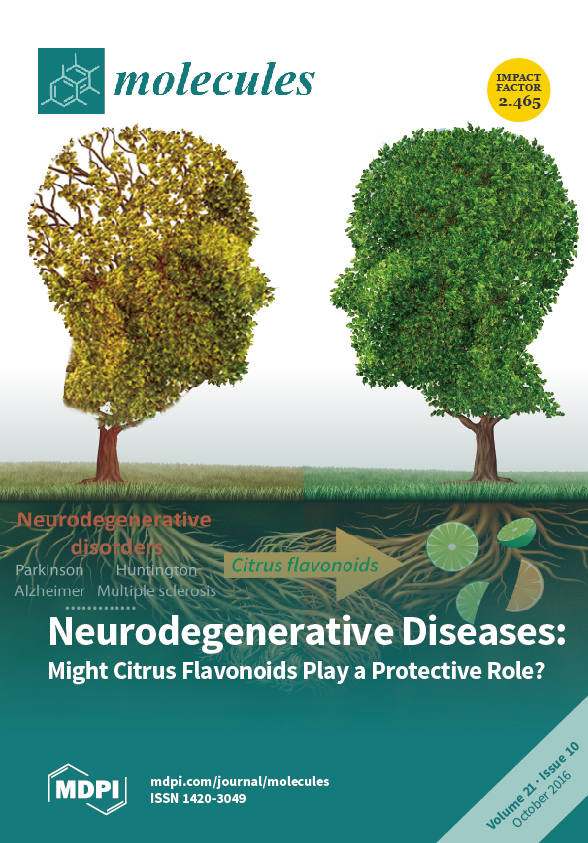1
Laboratory of Structural Chemistry and Biology and MTA-ELTE Protein Modeling Research Group at the Institute of Chemistry, Eötvös Loránd University, 1518, 112, PO Box 32, H-1053 Budapest, Hungary
2
Department of Pharmacognosy, Faculty of Life Sciences, University of Vienna, Althanstrasse 14, 1090 Vienna, Austria
3
Institute of Genetics and Animal Breeding of the Polish Academy of Sciences, ul. Postepu 36A, 05552 Jastrzebiec, Poland
4
Central European Institute of Technology, Masaryk University, Kamenice 5, 62500 Brno, Czech Republic
5
Department of Biological Chemistry, Faculty of Chemistry, University of Wroclaw, F. Joliot-Curie 14, 50-383 Wroclaw, Poland
6
National Centre for Biomolecular Research, Faculty of Science, Masaryk University, Kamenice 5, 62500 Brno, Czech Republic
7
Facultad de Química, Bioquímica y Farmacia, Universidad Nacional de San Luis, Chacabuco 917, 5700 San Luis, Argentina
8
Instituto Multidisciplinario de Investigaciones Biológicas de San Luis, Ejercito de Los Andes 950, 5700 San Luis, Argentina
9
Department of Physical Chemistry, Faculty of Chemical Engineering, University of Chemistry and Technology, Technická 5, 16628 Prague 6, Czech republic
10
Department of Medical Chemistry, College of Pharmacy Glendale, Midwestern University, 19555 N. 59th Avenue, Glendale, 85308 AZ, USA
11
Department of Biological Sciences, Cork Institute of Technology, Bishopstown, T12 P928 Cork, Ireland
12
Departamento de Estructura de Macromoleculas, Centro Nacional de Biotecnologia, Calle Darwin 3, 28049 Madrid, Spain
13
Biotechnology Department, Teagasc, Moorepark Food Research Centre, Fermoy, P61 C996 Co. Cork, Ireland
14
Department of Pharmacognosy, Institute of Pharmacy, University of Innsbruck, Innrain 80-82/IV, 6020 Innsbruck, Austria
15
Department of Pharmaceutical Botany, Iuliu Hațieganu University of Medicine and Pharmacy, 8 Victor Babes, 400012 Cluj-Napoca, Romania
16
Department of Natural Drugs, Faculty of Pharmacy, University of Veterinary and Pharmaceutical Sciences Brno, Palackého 1, 61242 Brno, Czech Republic
17
Department of Pharmacy, College of Pharmacy, Seoul National University, 1 Gwanak-ro, 08826 Seoul, Korea
18
Institute of Chemistry, University of Silesia, Szkolna 9, 40007 Katowice, Poland
19
Faculty of Chemistry and Chemical Technology, University of Ljubljana, Večna pot 113, 1000 Ljubljana, Slovenia
20
Department of Pharmaceutical Chemistry, Faculty of Pharmacy, Comenius University, Odbojárov 10, 83232 Bratislava, Slovakia
add
Show full affiliation list
remove
Hide full affiliation list






